The U.S. tariffs were measures punishing China for its strategic intellectual property theft from American tech companies.
An official from the U.S. trade representative’s (USTR) office told Reuters the U.S. tariff list targeted Chinese tech products that benefit from the Chinese regime’s industrial policies, including the “Made in China 2025” program.
The Chinese regime, in return, has been following the plan to a T, in order to gain technological advances that serve its own national interests.
What is the Made in China 2025 program exactly?
The initiative was unveiled in 2015 as the Chinese regime’s signature 10-year economic plan. It outlines goals to develop 10 domestic tech manufacturing industries: “(1) advanced information technology; (2) robotics and automated machine tools; (3) aircraft and aircraft components; (4) maritime vessels and marine engineering equipment; (5) advanced rail equipment; (6) new energy vehicles; (7) electrical generation and transmission equipment; (8) agricultural machinery and equipment; (9) new materials; and (10) pharmaceuticals and advanced medical devices.”
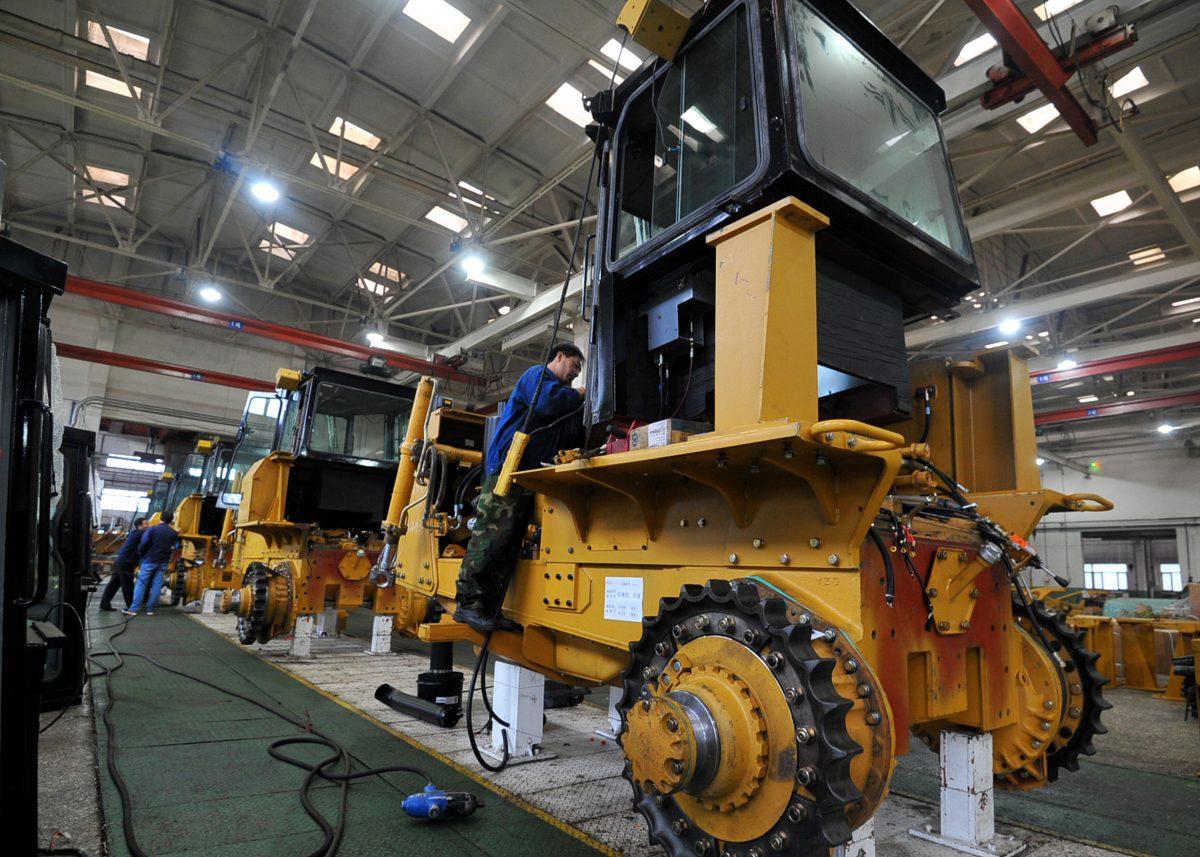
As Scott Kennedy of the Center for Strategic and International Studies explained in a Q&A on the think tank’s website, the plan is based on Germany’s “Industry 4.0,” which was based on the idea that manufacturing can be upgraded by “applying the tools of information technology to production.”
Acquiring Firms
As China seeks to avoid the “middle-income trap” and upgrade its manufacturing sector, the regime wants to become less reliant on foreign high tech imports. But the Chinese regime’s goal isn’t simply to attain self-sufficiency in the aforementioned sectors—the proposed timeline is 70 percent self-sufficient by 2025—but to eventually compete with and even displace foreign firms globally.The USTR office, which released a report following its investigation of China’s intellectual property theft, cited the Made in China 2025 blueprint repeatedly as evidence for the regime’s strategy of acquiring foreign firms in order to obtain their technological innovations.
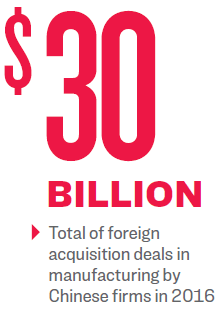 The Mercator Institute study explained why the plan posed a serious threat to Western economies:
The Mercator Institute study explained why the plan posed a serious threat to Western economies:“China pursues an outbound industrial policy with government capital and highly opaque investor networks to facilitate high-tech acquisitions abroad. This undermines the principles of fair competition: China’s state-led economic system is exploiting the openness of market economies in Europe and the United States.”
In the past few years, Chinese acquisitions have indeed been consistent with the Made in China 2025 blueprint. After the plan was released, Chinese investments in foreign companies that specialized in automation and digitization of industrial production increased significantly, according to the Mercator Institute. Most of the investments were in German firms such as Broetje Automation, which manufactures machines in the aviation and aerospace industry. Shanghai Electric acquired the company in October 2016. Earlier that year, Shanghai Electric bought a 19 percent stake in Manz, a German firm specializing in manufacturing electronic parts, solar modules, and lithium-ion batteries.
In the United States, the inter-governmental Committee on Foreign Investments in the United States (CFIUS), has prevented several Chinese acquisitions, citing national security concerns. Last September, CFIUS blocked a deal by Canyon Bridge, a Chinese-backed private equity firm, to buy American chipmaker Lattice Semiconductor.
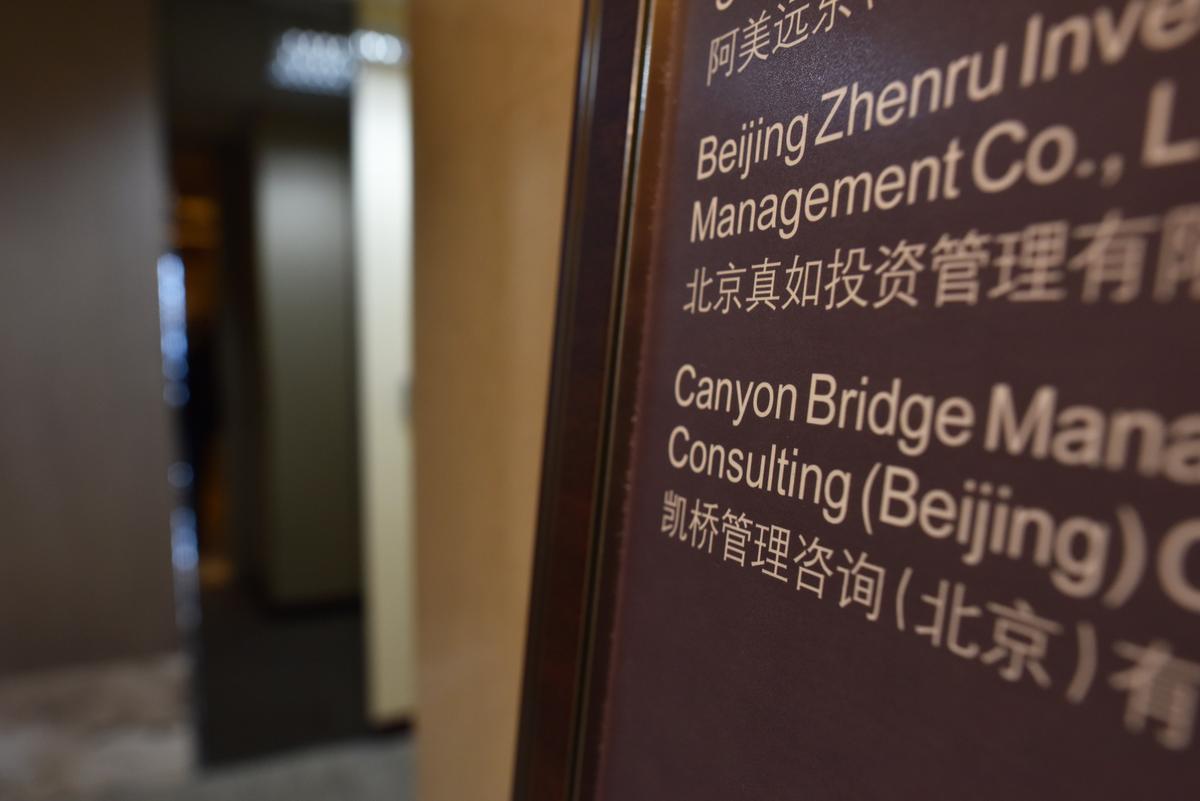
Some deals have gone through. In January, the Beijing-based Naura Microelectronics Equipment Co. successfully purchased Akrion Systems, an American firm that manufactures equipment used in making semiconductors.
In 2016, Beijing E-Town, an agency of the Beijing municipal authorities, bought iML, a firm specializing in technology for flat-screen display and LED lighting. It allowed China to acquire key technology in developing different mobile and computer chips.
When looking at China’s overall foreign business deals, the influence of the Made in China 2025 plan is also apparent. According to the Taiwan-based Chung-Hua Institution for Economic Research, in 2016, the top two industries where Chinese firms have engaged in foreign acquisition deals are manufacturing, about $30 billion worth, and information technology/software, about $26.4 billion worth.
Many of China’s national investment funds are also geared toward high-tech sectors. China Integrated Circuit Industry Investment Fund is among the most ambitious, having raised 120 billion yuan ($19 billion) so far, with a target of 600 billion ($95 billion), geared toward investments in chip manufacturing and design, according to the Chung-Hua Institution.
Forced Technology Transfer
Another method the Chinese regime uses to acquire foreign technology is to force American and other Western firms operating in China to transfer their tech knowledge to their Chinese joint-ventures, in exchange for market access.According to the US-China Business Council’s 2017 member survey, 19 percent of responding companies said that in the past year they had been directly asked to transfer technology. Of these, 33 percent said that the request came from a central government entity and 25 percent that it came from the local government.
In an annual business climate survey conducted by the American Chamber of Commerce in China and published in January, 27 percent of American businesses cited lack of sufficient intellectual property (IP) protection as a major barrier to increasing innovation. Another 15 percent answered “IP localization requirements and/or technology transfer requirements.”
The USTR report found that for U.S. companies that are the focus of China’s industrial policies, the pressure to transfer technology was “particularly intense.” A 2017 government survey of the U.S. integrated circuit industry found that 25 companies had to form joint ventures with Chinese entities and transfer technology in exchange for market access.
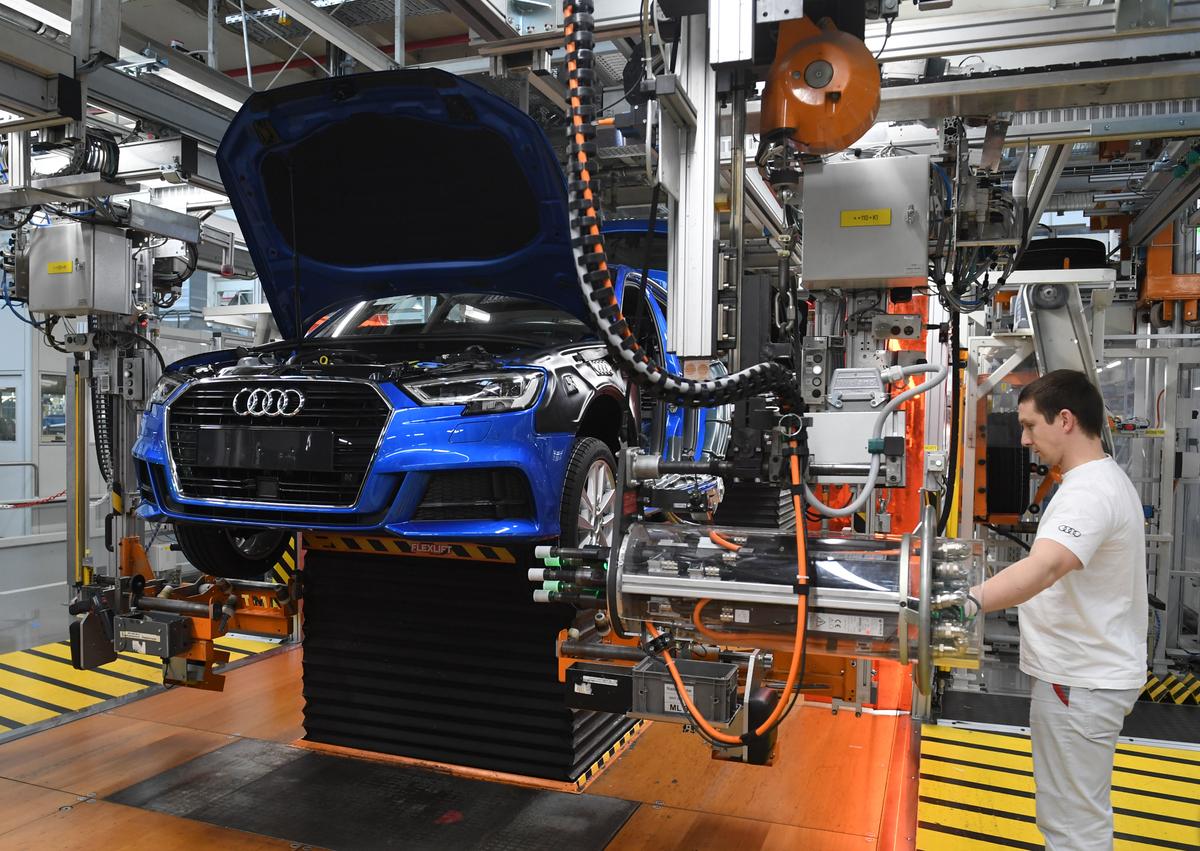
Response
The United States and Europe are becoming more vigilant about China’s incoming threat. On March 28, President Donald Trump discussed “joining forces to counter” China’s trade practices on a phone call with German Chancellor Angela Merkel, according to the White House. Trump also spoke with French president Emmanuel Macron regarding similar issues.In January, the German state secretary for the Ministry for Economic Affairs called for Europe-wide measures to more closely scrutinize Chinese investments in European firms. “It is essential that we get a tougher law in the European Union this year to resist takeover fantasies or outflows of technology or know-how,” he said in an interview with Reuters.
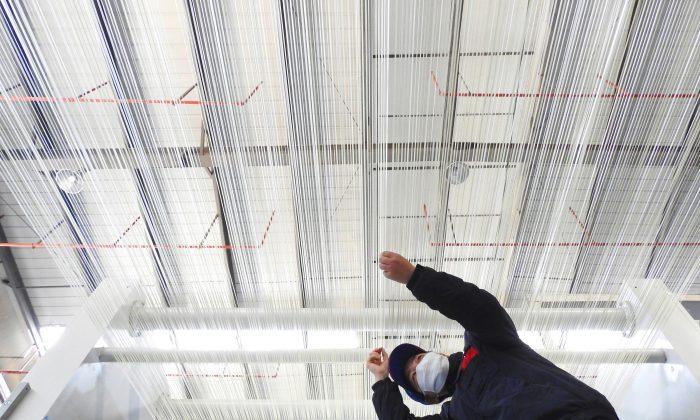





Friends Read Free